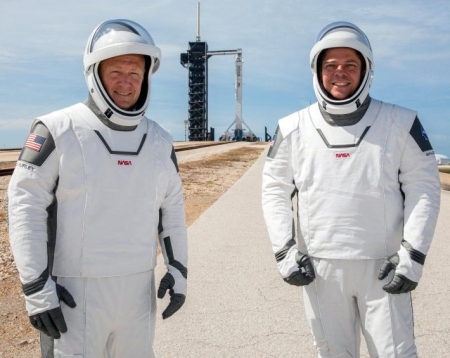Weather for Saturday’s SpaceX launch is presently poor
The weather for Saturday’s SpaceX launch presently gives only a 40% chance of launch.
Forecasters from the 45th Weather Squadron have issued a slightly more pessimistic outlook for the next two Crew Dragon launch opportunities Saturday and Sunday.
There’s now a 60 percent probability of weather conditions at the launch site violating one of the criteria for liftoff for launch opportunities at 3:22 p.m. EDT (1922 GMT) Saturday and at 3:00 p.m. EDT (1900 GMT) Sunday, according to the weather team.
The worst part is that the weather doesn’t look good for either day.
The weather for Saturday’s SpaceX launch presently gives only a 40% chance of launch.
Forecasters from the 45th Weather Squadron have issued a slightly more pessimistic outlook for the next two Crew Dragon launch opportunities Saturday and Sunday.
There’s now a 60 percent probability of weather conditions at the launch site violating one of the criteria for liftoff for launch opportunities at 3:22 p.m. EDT (1922 GMT) Saturday and at 3:00 p.m. EDT (1900 GMT) Sunday, according to the weather team.
The worst part is that the weather doesn’t look good for either day.

